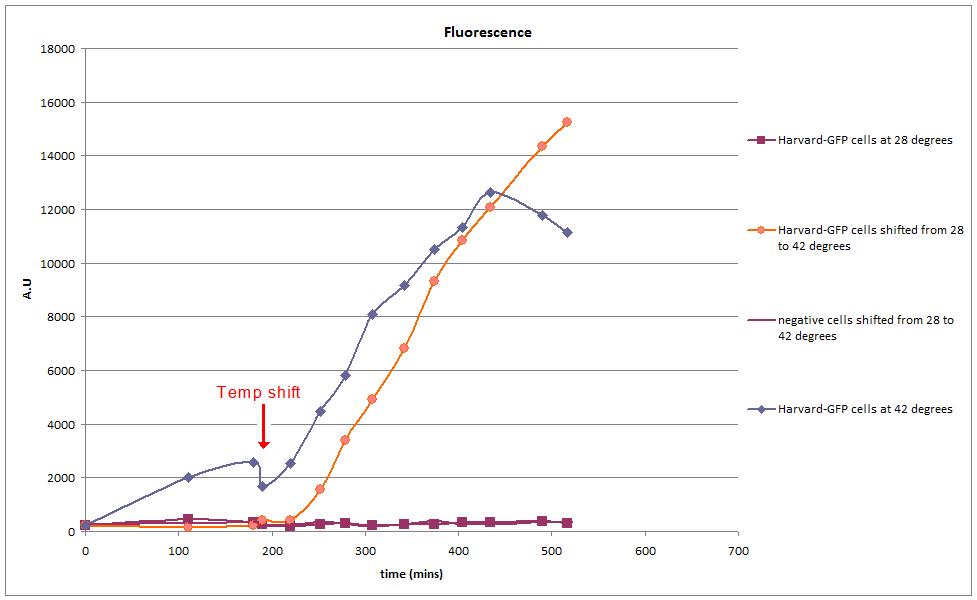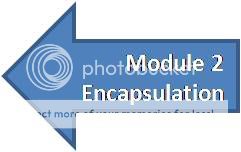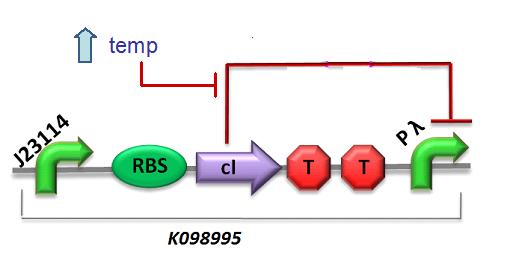Team:Imperial College London/Thermoinduction
From 2009.igem.org
(→Results) |
(→Results) |
||
| Line 31: | Line 31: | ||
==Results== | ==Results== | ||
| - | [[Image:II09_Hvd-GFPfluor.jpg|500px | + | [[Image:II09_Hvd-GFPfluor.jpg|500px]] |
The thermoinducible construct is tested by ligating it to GFP. Therefore, we can detect a change in promoter activity by variaton in GFP fluorescence. <br> | The thermoinducible construct is tested by ligating it to GFP. Therefore, we can detect a change in promoter activity by variaton in GFP fluorescence. <br> | ||
<br> | <br> | ||
Revision as of 22:05, 18 October 2009

Module Integration - Thermoinduction
After encapsulation, it becomes more difficult for normal chemical induction to penetrate the outer protective coating. To tackle this problem, heat induction is used. The temperature is raised to 42 degrees, which activates a thermoinducible promoter system and consequently starts module 3.
The thermoinducible system
The lambda promoter is strongly repressed at 28 degrees by the cI repressor. Therefore, at 28 degrees, the thermoinducible system has no activity.
However, this cI repressor is unique in that it is temperature-sensitive, and will readily lose its functional structure as the temperature increases. Therefore, when the temperature is raised to 42 degrees, the lambda promoter is no longer repressed and can trigger module 3.
 About Thermoinduction.
About Thermoinduction.
Results
 The thermoinducible construct is tested by ligating it to GFP. Therefore, we can detect a change in promoter activity by variaton in GFP fluorescence.
The thermoinducible construct is tested by ligating it to GFP. Therefore, we can detect a change in promoter activity by variaton in GFP fluorescence.
The GFP fluorescence is shown to be at baseline when cells are grown at 28 degrees. However, when the cells undergo a temperature shift to 42 degrees, there is an almost immediate increase in GFP fluorescence. This shows that the activity of the lambda promoter does increase when the temperature is shifted up.
 About our wetlab results!
About our wetlab results!


 "
"





